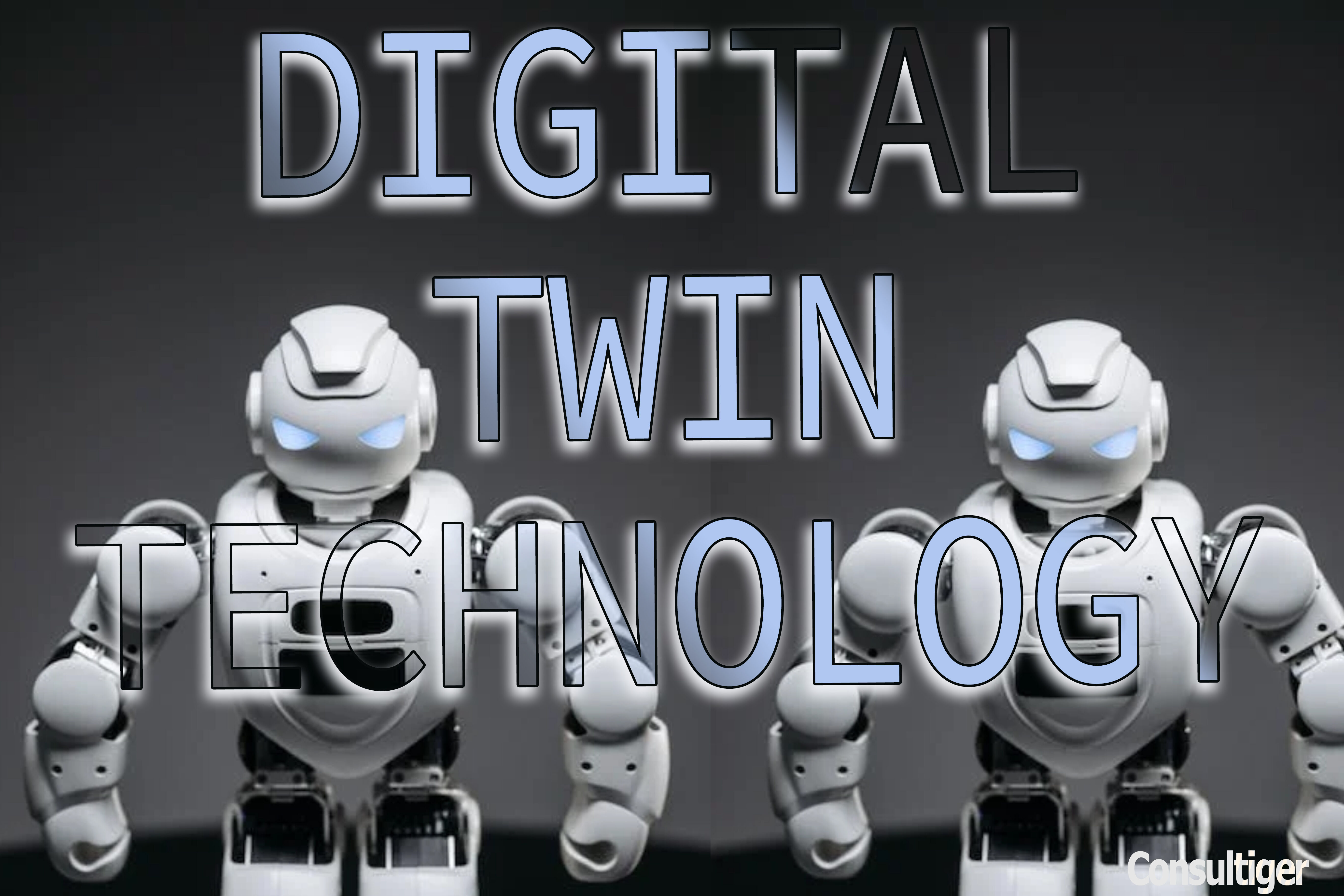Digital twin technology is a concept that involves creating a virtual replication of a physical object. It could be a replication of a system or a process as well. The technology leverages the power of data and connectivity to provide a real-time digital representation of the physically existing apparatus. Using this technology, businesses can monitor, analyse, and accordingly optimise the performance of objects/systems in a virtual environment.
Digital twins are created by collecting data from sensors, devices, and other sources attached to the physical object or system. This data is then fed into a software platform that creates a virtual model mirroring the physical counterpart. The digital twin can replicate various aspects of the physical entity, including its structure, behavior, and functionality.
Key Benefits:
The key benefits of digital twin technology include:
- Predictive Analysis: Digital twins enable organizations to gain insights into the future behavior and performance of physical assets. By simulating different scenarios and analyzing real-time data, they can predict potential issues, failures, or optimization opportunities.
- Boost Efficiency: Digital twins facilitate proactive maintenance, allowing organizations to identify and address issues before they cause significant disruptions. This helps in reducing downtime, improving operational efficiency, and extending the lifespan of assets.
- Simulation & Optimisation: Organizations can leverage digital twins to optimize the performance of physical systems. By running simulations and analyzing different parameters, they can identify optimal settings, improve energy efficiency, and streamline operations.
- Remote Monitoring: Digital twins enable real-time monitoring of physical assets and systems from remote locations. This is particularly useful for managing complex infrastructure, such as factories, smart cities, or energy grids, as it allows for remote control and intervention.
- Design and Development: Digital twins can be used during the design and development phase of a product or system. Engineers can simulate and test different designs, configurations, and operating conditions, enabling faster iterations and improved outcomes.
Areas of Application:
Digital twin technology finds applications in various industries, including manufacturing, energy and utilities, healthcare, transportation, and smart cities. It holds the potential to transform how organizations manage, operate, and innovate with their physical assets and systems, leading to improved efficiency, cost savings, and better decision-making.
Digital twin technology has a wide range of applications across various industries. Here are some common examples:
- Manufacturing: Digital twins are used in manufacturing processes to optimize production, improve quality control, and enhance operational efficiency. They help monitor equipment performance, simulate production scenarios, and identify potential bottlenecks or failures.
- Healthcare: Digital twins are utilized in healthcare for personalized medicine, surgical planning, and remote patient monitoring. They enable doctors to create virtual models of patients’ organs or body systems, allowing for precise diagnosis, treatment planning, and continuous monitoring.
- Smart Cities: Digital twins are employed in the development and management of smart cities. They help monitor and control infrastructure systems like traffic, utilities, and public services. By simulating different scenarios, urban planners can optimize resource allocation and improve the overall quality of life.
- Energy and Utilities: Digital twins are used in energy production, distribution, and consumption systems. They help optimize energy usage, predict maintenance needs, and simulate different scenarios for efficient resource management. Digital twins can also support the integration of renewable energy sources into the power grid.
- Aerospace and Defence: Digital twins play a crucial role in aerospace and defence industries. They are used to simulate aircraft performance, predict maintenance needs, and optimize fuel consumption. Digital twins of military systems can aid in training, mission planning, and logistics optimization.
- Asset Management: Digital twins enable organizations to effectively manage and maintain physical assets such as buildings, infrastructure, and industrial equipment. By monitoring and analyzing data from the digital twin, maintenance activities can be optimized, reducing downtime and extending the lifespan of assets.
- Transportation and Logistics: Digital twins are utilized in transportation and logistics to optimize fleet management, route planning, and supply chain operations. They help simulate and analyze different transportation scenarios, enabling efficient resource allocation and reducing costs.
- Product Development: Digital twins are used in product development processes to simulate and test designs before physical prototypes are built. This helps in reducing time to market, improving product quality, and minimizing development costs.
FOCUS OF MANUFACTURING
Digital twin technology plays a significant role in manufacturing, offering several benefits and applications. Here are some key roles of digital twin technology in the manufacturing industry:
- Virtual Simulation and Testing: Digital twins enable manufacturers to create virtual models of their production processes and simulate various scenarios. This allows them to test different designs, configurations, and operating conditions without the need for physical prototypes. By analyzing the virtual data, manufacturers can optimize production parameters, improve efficiency, and reduce costs.
- Predictive Maintenance: Digital twins help monitor the condition and performance of manufacturing equipment in real-time. By analyzing data from sensors embedded in the physical machinery, the digital twin can detect anomalies and predict potential failures. This enables proactive maintenance, reducing unplanned downtime and optimizing equipment availability.
- Performance Optimisation: Digital twins provide insights into the performance of manufacturing systems, enabling manufacturers to optimise their operations. By monitoring and analyzing data from the digital twin, manufacturers can identify inefficiencies, bottlenecks, and areas for improvement. They can optimize workflows, streamline processes, and enhance overall productivity.
- Quality Control: Digital twins facilitate real-time monitoring and control of quality parameters during the manufacturing process. By comparing the data from the digital twin with the desired specifications, manufacturers can detect and address quality issues early on. This ensures consistent product quality, reduces defects, and improves customer satisfaction.
- Supply Chain Optimisation: Digital twins can be used to model and simulate the entire supply chain, from raw material sourcing to product delivery. By analyzing data from the digital twin, manufacturers can identify potential supply chain bottlenecks, optimize inventory levels, and improve logistics and distribution processes. This leads to better coordination, cost savings, and improved customer service.
- Training and Skills Development: Digital twins can be utilized for training purposes, allowing operators and technicians to familiarize themselves with manufacturing equipment and processes in a virtual environment. This helps in improving skills, reducing training time, and enhancing safety in the workplace.
- Continuous Improvement: Digital twins enable manufacturers to collect data throughout the product lifecycle, from design to end-of-life. This data can be analyzed to gain insights and feedback for continuous improvement. Manufacturers can identify opportunities for product enhancements, process optimizations, and innovation based on the data gathered from the digital twin.
- Product Development: Digital twins are used in product development processes to simulate and test designs before physical prototypes are built. This helps in reducing time to market, improving product quality, and minimizing development costs.
Overall, digital twin technology empowers manufacturers with data-driven insights, simulation capabilities, and real-time monitoring, enabling them to optimize production, improve quality, reduce costs, and enhance operational efficiency.












